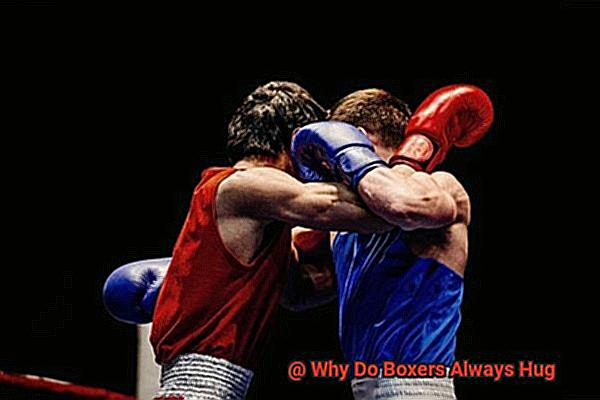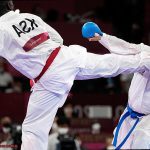Boxing is not for the faint of heart. It’s a sport that demands an incredible amount of physical and mental strength, as well as endurance. If you’ve ever watched a boxing match, you may have noticed that boxers often embrace each other in the middle of the ring. It can be perplexing to those unfamiliar with the sport, but hugging is actually an essential part of boxing.
Hugging in boxing serves many purposes beyond just showing respect or sportsmanship. For example, boxers may hug to catch their breath during a match, as boxing requires an immense amount of cardiovascular endurance and strength. Hugging can also be used strategically to control an opponent’s movements or prevent them from landing a hard hit.
The frequency of hugging during a match varies depending on the level of competition. In amateur bouts, excessive hugging can result in penalties and is generally discouraged. However, in professional fights, hugging is allowed and even considered an art form.
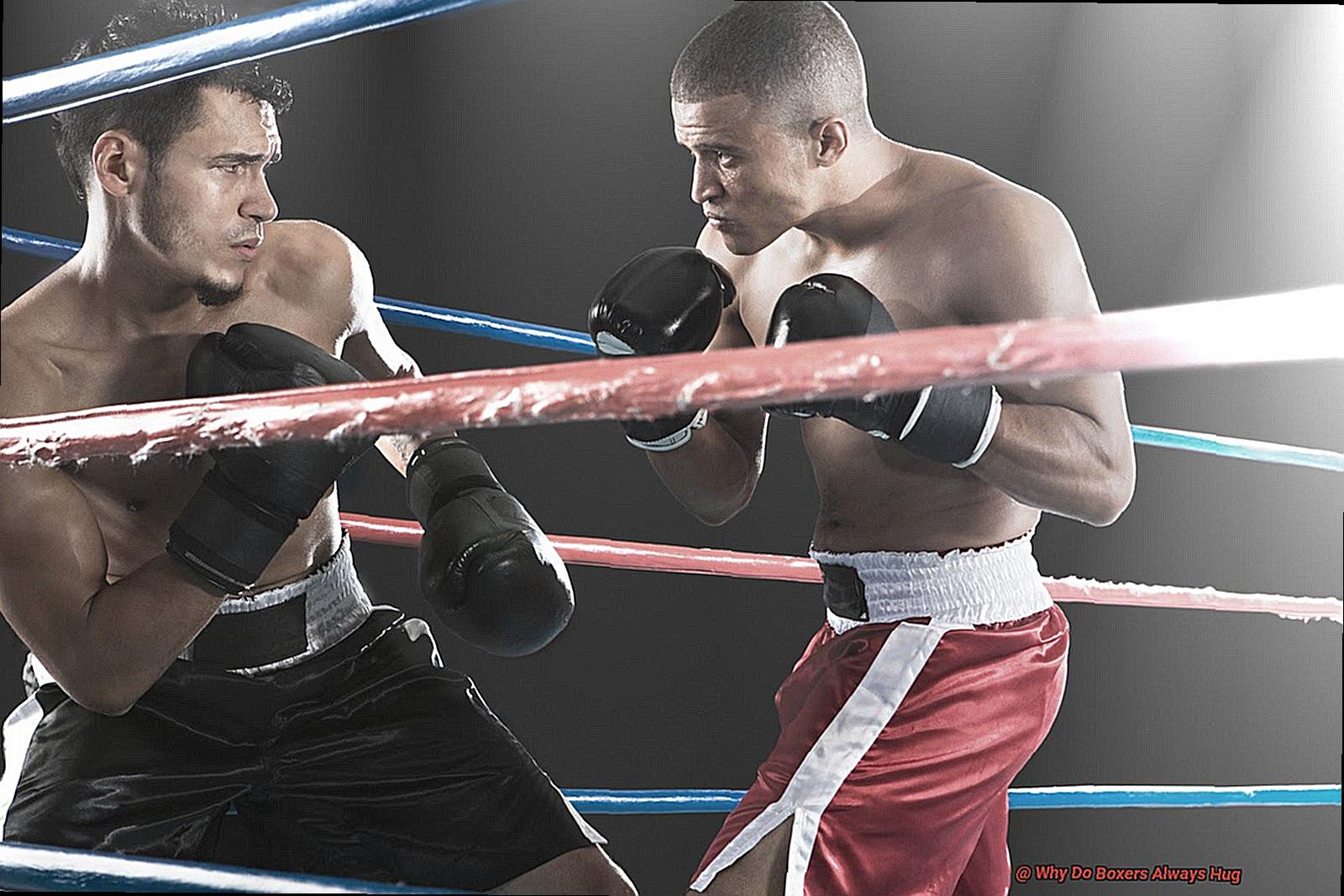
In this blog post, we’ll explore why boxers always hug and delve into the nuances of hugging in the world of boxing. We’ll discuss different types of hugs and when they’re appropriate (or not) during a match. Whether you’re a die-hard fan or simply curious about this unique aspect of the sport, read on to learn more about why boxers always hug.
What is Hugging in Boxing?
It is a strategic move that boxers use both offensively and defensively to gain an advantage in the ring.
Hugging in boxing refers to the technique where a boxer wraps their arms around their opponent’s body, usually around the waist or shoulders, to control their movements and limit their ability to throw punches. This technique can be used for several purposes.
Firstly, hugging is often used defensively. When a boxer is getting hit repeatedly, they may hug their opponent as a way to avoid taking more damage. By holding onto their opponent, they can minimize the amount of space between them and reduce the number of punches that are able to land. This allows them to catch their breath and assess the situation before coming up with a new strategy.
However, hugging can also be used offensively. Skilled boxers can use hugging to set up other punches or maneuvers, such as takedowns or throws. By controlling their opponent’s movements, they can create openings for other attacks.
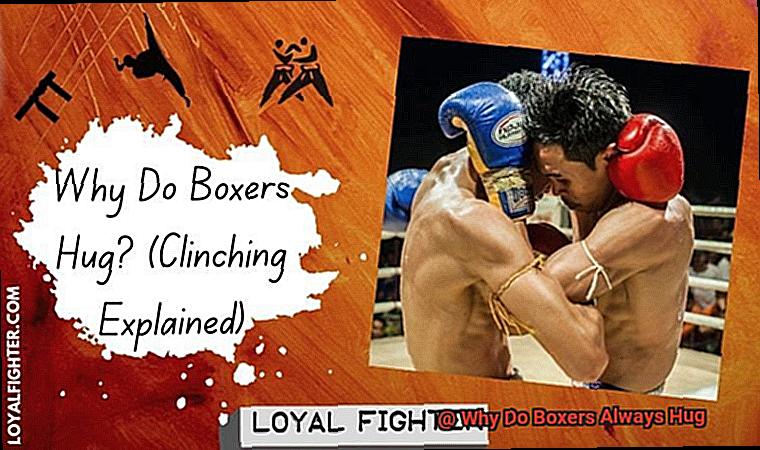
Another reason why boxers hug is to create space between themselves and their opponent. When one boxer feels overwhelmed or trapped against the ropes, they may use hugging as a way to push their opponent away and create distance. This can give them time to recover and reposition themselves in the ring.
It’s worth noting that while hugging is not illegal in boxing, there are rules in place to prevent excessive or prolonged holding. Referees will step in and separate the boxers if they feel that hugging is being used excessively or as a stalling tactic.
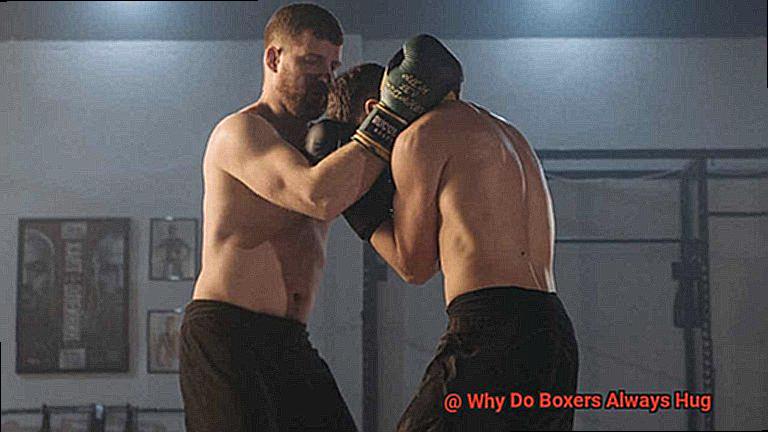
Despite its tactical benefits, hugging can also serve as a sign of respect between opponents. After an intense round or exchange, boxers may hug each other as a way to acknowledge each other’s skill and sportsmanship.
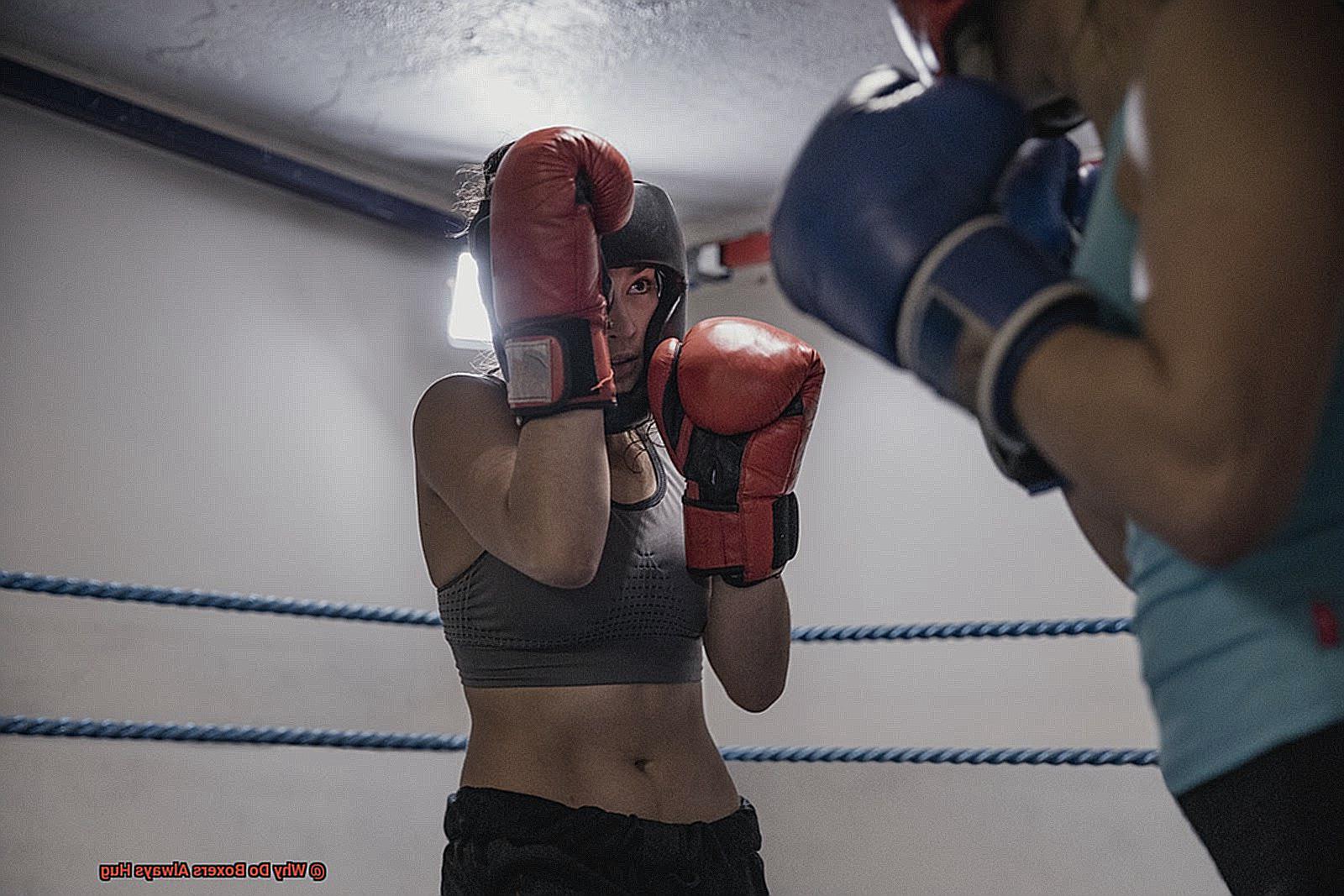
In conclusion, hugging in boxing is an important technique that boxers use for both offensive and defensive purposes. While it may not be the most glamorous aspect of the sport, it plays a crucial role in determining the outcome of a fight.
Why Do Boxers Always Hug?
Breaking Up Momentum
It’s a boxer’s rhythm and flow that allows them to keep their opponent on the defensive and control the pace of the fight. But what happens when an opponent’s momentum is too strong? Enter hugging.
Boxers often use hugging as a strategic move to break up their opponent’s momentum. By grabbing onto their opponent, they can pause the action and force their opponent to reset their rhythm. This tactic is particularly effective against skilled opponents who are masters at maintaining their momentum.
But hugging isn’t just about disrupting an opponent’s rhythm. It can also be used as a way to catch one’s breath and regain energy during a fight. Boxing matches can last several rounds, and it takes a lot of physical exertion to throw punches and dodge blows. By hugging, boxers can take a brief break from the action without actually stopping the fight.
However, there is a caveat to this tactic. Hugging too frequently or for too long can result in penalties from the referee. Referees are instructed to break up clinches and force boxers to resume fighting if they believe that hugging is being used excessively or strategically to stall for time.
In the high-stakes world of boxing, every move counts. Hugging may seem like an unconventional tactic, but it’s an essential technique that boxers use both offensively and defensively to gain an advantage in the ring.
By breaking up their opponent’s momentum and regaining energy, boxers can stay in control and increase their chances of winning the fight.
Protecting From Blows
Some people see it as a sign of weakness, but in reality, hugging can be a smart and strategic move that helps boxers protect themselves from blows and control the pace of the fight.
Boxing is a sport that requires speed, agility, and quick reflexes. However, even the most skilled boxers can’t always dodge every punch thrown at them. In these situations, hugging can be a lifesaver. By embracing their opponent, boxers create a barrier that shields them from further blows, giving them time to recover and plan their next move.
But hugging isn’t just about defense. It’s also a way to take control of the fight. When a boxer hugs their opponent, they pause the action and buy themselves time to strategize. This can be especially useful if they feel like they’re losing or need to catch up. By taking a moment to breathe and refocus, boxers increase their chances of making a comeback.
Hugging can also help boxers when they’re feeling exhausted or overwhelmed. By taking a break from the action and catching their breath, boxers can recharge and come back stronger than ever. This can make all the difference in a long, grueling match.
Of course, referees keep an eye on excessive hugging to prevent stalling or cheating. But when used strategically and in moderation, hugging can be an important technique that helps boxers stay safe and in control.
Creating Space
Step into the ring and discover the world of boxing, where creating space is just as critical as landing a punch. Boxers use various techniques to create space, such as footwork, head movement, and even hugging. That’s right, hugging is not just a sign of weakness, but a strategic move that can help boxers regain control of the fight.
During a bout, when a boxer feels overwhelmed by their opponent’s punches, they may resort to hugging to break the momentum of the fight and gain some breathing room. By embracing their opponent, the boxer can lean on them and tie up their arms, preventing punches from raining down on them. It’s like hitting the pause button on a video game to plan your next move and come back stronger. This strategy allows the boxer to catch their breath and regroup before continuing the fight.
But hugging isn’t just for catching your breath. It can also be used strategically to tire out an opponent. By initiating a clinch or hug, a boxer can force their opponent to carry their weight and wear them down over time. This tactic is particularly effective against aggressive fighters who tend to expend a lot of energy early in the fight.
In addition, hugging can also be used as a defensive technique when a boxer is hurt or stunned by a punch. By wrapping their arms around their opponent, the boxer can buy themselves some time to recover and clear their head before returning to the fight.
Creating space in boxing is all about gaining control of the fight, and hugging is an essential tool that boxers use to do just that. So don’t underestimate the power of a good hug in boxing – it could be the difference between winning and losing.
Sign of Respect
Boxing is a sport that commands respect from its participants, both physically and mentally. The sport requires boxers to be in peak physical condition and have the mental fortitude to endure grueling training regimes and intense bouts inside the ring. Because of this, boxing has always been a sport that demands a great deal of respect, and one way that boxers show respect for each other is by hugging at the end of a fight.
The hug is often seen as a sign of sportsmanship and a way to acknowledge the effort and sacrifice that both fighters have put into the bout. It is also a way to honor the bravery of the other fighter, regardless of whether they won or lost. But the hug goes beyond just respecting each other as opponents.
Boxing is a physical sport where fighters are expected to hit each other with a great deal of force. While this may seem like an aggressive and violent sport, it is actually one that requires a great deal of discipline and control. When two boxers hug at the end of a fight, it is a way to show that they understand this and respect each other for the discipline and control that they showed during the bout.
Furthermore, hugging at the end of a fight can also be seen as a sign of respect for the sport itself. Boxing has a long history, and many people view it as one of the purest forms of competition. By hugging at the end of a fight, boxers are acknowledging the traditions and values that make this sport so special.
lP1Tq_tKHE0″ >
Conclusion
To sum up, hugging in boxing is not just a simple gesture but an essential technique that boxers use for both offensive and defensive purposes. In fact, it serves many purposes beyond showing sportsmanship or respect. Skilled boxers can use hugging to control their opponent’s movements, set up other punches or maneuvers, catch their breath during a match, and create space between themselves and their opponent.
Moreover, hugging is often seen as a sign of sportsmanship and a way to acknowledge the effort and sacrifice that both fighters have put into the bout. It also honors the bravery of the other boxer, regardless of whether they won or lost.
When two boxers hug at the end of a match, it represents respect for discipline, control, tradition, sportsmanship, bravery, effort, sacrifice and pure competition. Boxing may be a physical sport but it demands much more than brute force.

